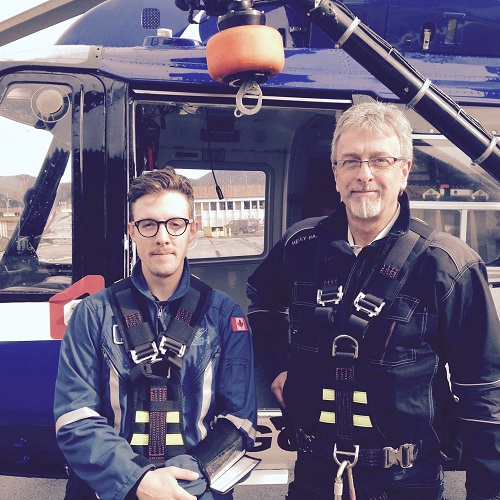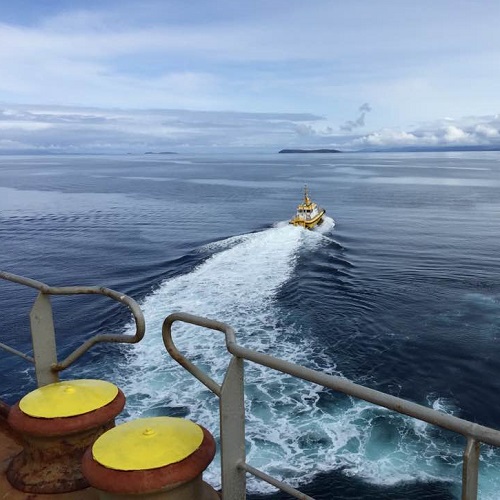Welcome to "Captain's Orders and Pilot"s Advice."
"The Steady Bearing"
If there is one tool that the professional mariner uses on a constant basis, it is the “steady bearing.”
It can also be referred to as the “constant bearing and decreasing range.” This description explains exactly what occurs in practice. In the marine industry and on the bridge, it is referred to as a “steady bearing”.
What is the steady bearing?
It is a collision avoidance technique that accurately predicts the risk of collision. It is easy to apply and dependable in determining if the risk of collision exists. Every boat operator should the steady bearing technique, in assessing risk and avoiding collisions.
On the lake in good visibility, the steady bearing is the essential and complete risk indicator. The risk of collision always exists if a crossing, overtaking or approaching vessel, object, or any other obstruction, are apparently getting closer to your vessel and its bearing (angle/direction) does NOT change, and your course and speed are ALSO constant. The faster the vessels are travelling, the faster you can determine the risk! The steady bearing provides quick and accurate assessments. When in doubt, the risk of collision always exists!
A change in speed or course, by the other vessel, or your vessel, will break the steady bearing. If such action is taken in accordance with the regulations and the prevailing conditions, the risk of collision should no longer exist. However, until the other vessel is finally past and clear, you must continue to monitor the situation. You can encounter a situation where bearings change, but you still have a high risk of collision. This can happen when you are close to another vessel, the other vessel is drifting, close to an extremely large vessel, or close to a vessel engaged in towing. In these cases, you might assume that the other vessel has altered, but their “course made good” has not changed. Remember, action to avoid collision must be taken early and be substantial so that it is readily apparent to the other vessel!
Using this technique to assess multiple vessels is also effective. Simply take your bearing and reference the position of each vessel or object, to a fixed point on your vessel. Usually, a position in a window frame, or any other obvious reference point, that is “in line”. It doesn’t take long to figure out that danger exists. Vessels that close and vessels that are traveling fast should be your priority in every multiple vessel assessment situation.
When using radar, the steady bearing is applied in every assessment. A bearing line is drawn on the radar between the other vessel or object and your own vessel, and we watch it to follow the bearing line. If the target does not follow the bearing line as they approach, then risk of collision does no longer exist. However, what can develop is a “close quarter situation”, which are to be avoided in observing good seamanship.
Remember, when determining risk of collision, in all cases. You can not assume that once an alteration of course and speed has been made by another vessel, that the risk of collision is over. They may come back to their original course and speed. Risk of collision in ALL cases, is never dismissed until the danger is “finally past and clear.”
Safe sailing everyone. Feel free to add your experiences on this topic, questions or critique on our Laketow Marine Facebook page.
Comments? Questions? Critique?
Join us on our Facebook page to comment question or critique our blogs. While you are there, like and follow us for all our thought provoking insights and advice on baoting.
Click here to go to our Facebook Page
numbers
By the numbers
41
Years of
Maritime Excperience
Maritime Excperience
1500+
Vessels
served on
served on
#1
Safety on the water
can spare no expense
can spare no expense







